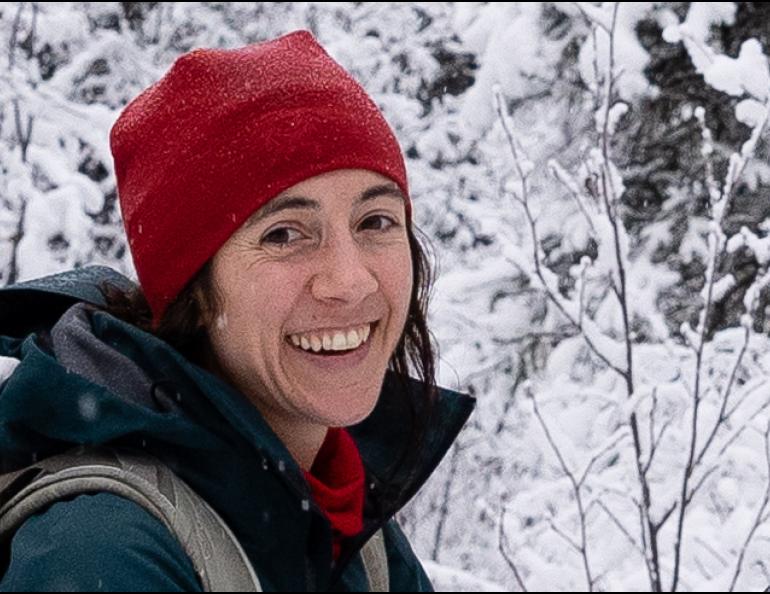How Sea Ice is Made with Dr. Melinda Webster
In this specific lesson, Dr. Melinda Webster explains sea ice formation. You'll learn about its role in driving ocean circulation, different shapes the ice can take on, and what affects sea ice growth vs. reduction.
This video is part of a collection called “Frozen in the Ice: Exploring the Arctic,” offered through the online course platform Coursera, about the extraordinary MOSAiC Arctic research mission that has frozen an icebreaker into the Arctic Ocean, where it will drift for 13 months (mosaic-expedition.org).

